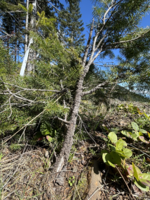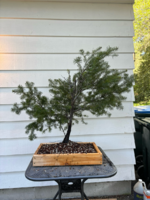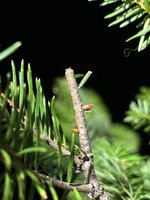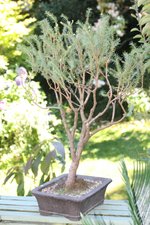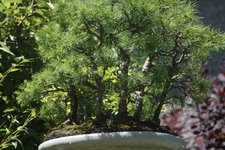Cruiser
Chumono
This tree reminds me of old larches up at blue lake in the North Cascades.
It displays similar form; a straight singular trunk that forks into secondaries, lateral/ascendant main branches, a dead top, reiterated trunks, deadwood, a swollen/damaged base, and wiggliness in opposition to straight sections.
For many wildland conifers, form like this comes from centuries of abuse.




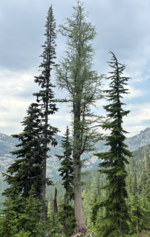
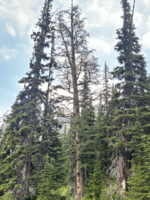


Dragonscale bark.

Fall is a great time to visit the lake.

It displays similar form; a straight singular trunk that forks into secondaries, lateral/ascendant main branches, a dead top, reiterated trunks, deadwood, a swollen/damaged base, and wiggliness in opposition to straight sections.
For many wildland conifers, form like this comes from centuries of abuse.








Dragonscale bark.

Fall is a great time to visit the lake.

Last edited:

